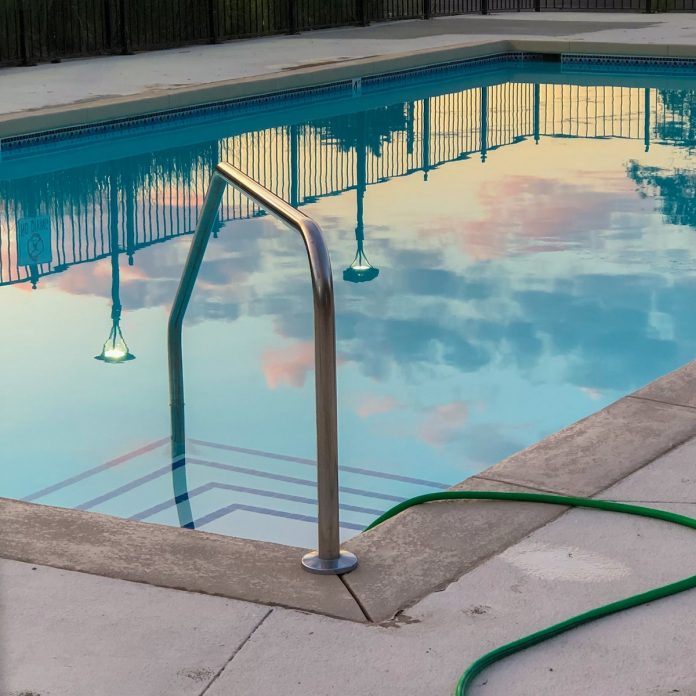A Complete Pool Safety And Maintenance Checklist
If you have a pool in your yard, you’re responsible for its cleanliness and safety. The best way to maintain a clean, hygienic pool is to establish a regular maintenance schedule. This article will explain what regular pool safety and maintenance entails and how to do it properly with a checklist.
Regular Maintenance
Your pool requires regular maintenance. Hence, it’s beneficial to have a firm grasp of the fundamentals of pool care. When you understand the basics of pool upkeep, you’ll be prepared to handle almost any pool issue that arises.
The key to regular maintenance is to create a schedule. As you gain knowledge about pool care, your to-do list may become daunting. Establishing a pool maintenance plan enables you to remain organized, and ensures critical chores don’t escape the necessary attention.
The Checklist
In this maintenance plan, you’ll have to include a checklist of tasks to be done. Having mentioned that, here are the list of essential tasks to be done for maintaining the optimum conditions of your pool:
-
Check Pool Chemicals
Due to natural factors, the pool’s chemical composition may vary during the week. To ensure that the water is safe, pool cleaner chemicals like chlorine must be added to the water.
The three primary chemical factors to consider are pH level, alkaline level, and chlorine. Though the suggested levels may be adjusted depending on the size and kind of pool, you still need to double-check everything.
If the chemical balance is off, it may lead to illness, skin discomfort, and pool deterioration. Buy a pool water testing kit and check your water every other day, particularly after heavy rain.
-
Observe The Water Level
The water level of the pool is as critical as its chemical balance. Following a severe rainfall or a day spent jumping and diving in the pool, the water levels will normally vary. Keep a water level that’s midway up your skimmer’s inlet.
If the water level falls below the required level, just use a water hose to replenish it. If the level is higher, use a submersible pump to remove the extra water. Revisit the chemicals after you’ve achieved the proper water level. They might be off-balanced by fluctuating water levels.
-
Skim And Clean
Daily skimming is advised to prevent trash, insects, and filth from accumulating in the pool. Collect foliage, bugs, and other material drifting on the pool’s surface with a skimmer. Clean this debris from the pool before it settles to the bottom. When dirt reaches the bottom of the pool, it becomes harder to extract and may cause stains.
Additionally, algae may accumulate on your pool’s sidewalls and fixtures such as ladders. Scrub the pool sides and fittings at least once a week to avoid algae growth. After scrubbing the algae and dirt off the sidewalls, they may be vacuumed away, including any material that has drifted to the pool’s bottom.
-
Keep The Pool Deck Clean
The pool deck is yet another potential risk that must be addressed. Toys and inflatables tend to find their way onto the deck at times. Make weekly upkeep of the deck a priority.
If you have landscaping around the pool, you should always clear the pool deck to prevent leaves, pebbles, and debris from accumulating around your pool. This may significantly reduce the amount of time spent every week cleaning the pool.
-
Check The Filter And Pump
Conduct a visual examination of the filter pressure gauge. It must be at a normal level, indicating that water passes through the filter properly. If it indicates that the pressure’s lower than usual, something may be amiss.
This issue may be caused by insufficient water levels and blocked valves. This may also indicate that your filter baskets are loaded. But, if the pressure is abnormally high, the issue is with the pump. It’s a sign your filter is clogged, or a valve is partly shut.
-
Shock Your Pool
While shock treatment isn’t required as frequently as other upkeep chores, it should be routinely conducted. By applying a high chlorine concentration to your pool, you may eliminate microorganisms that are already there.
If your pool’s water becomes murky or you notice an algae build-up, you’ll know it’s suitable for treatment. Additionally, you may want to shock the pool after a gathering or a swimming party. Ensure you carefully follow the product’s recommendations to avoid causing damage to the pool or its users.
-
Schedule A Yearly Service Appointment
At times, you must place your faith in a professional, particularly concerning the mechanical equipment in your pool. You may lack the necessary expertise for appropriate maintenance. Have a pool care expert inspect your equipment yearly.
Bottomline
Pool safety and maintenance is critical for every homeowner. Creating a timetable may assist you in staying on top of the tasks that need to be completed. Use this pool care checklist to ensure your pool remains clean, sanitary, and efficient throughout the year.






